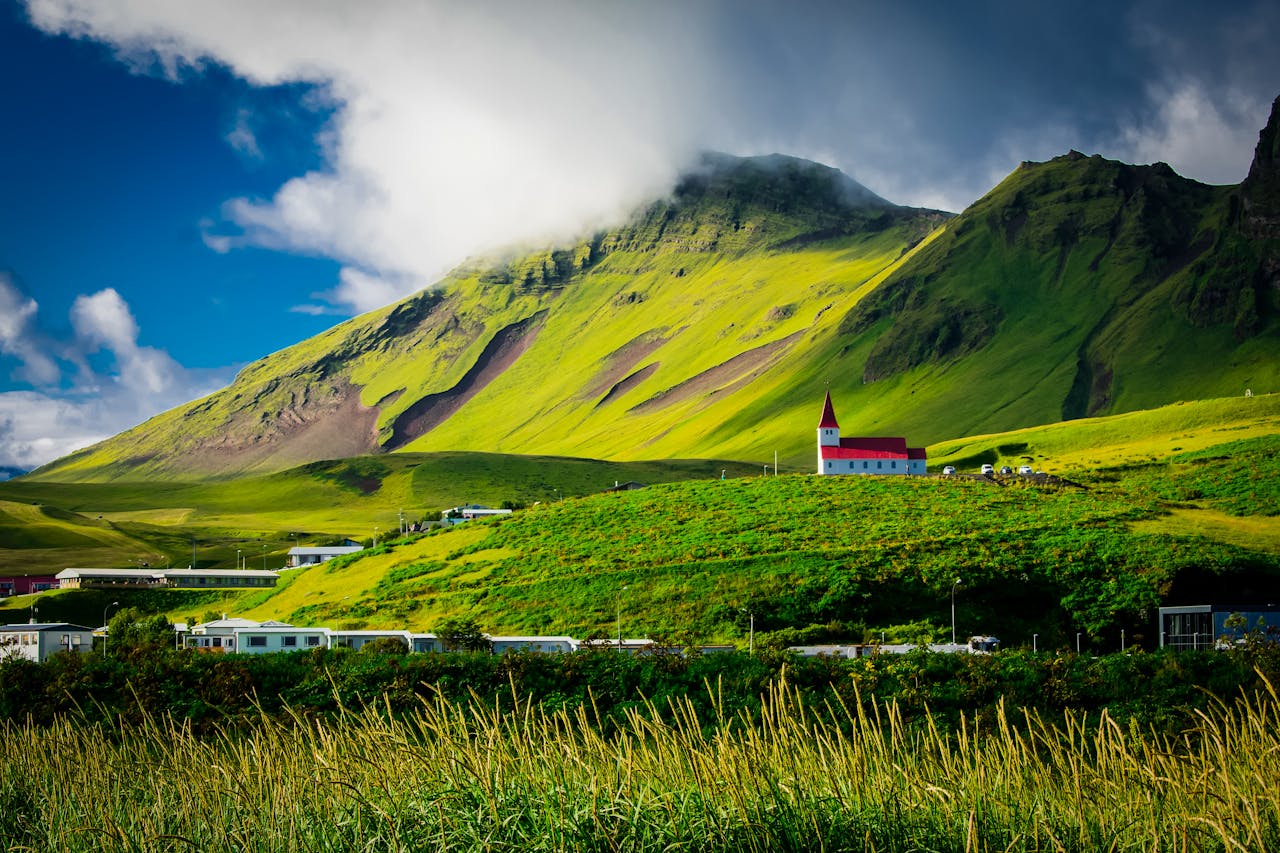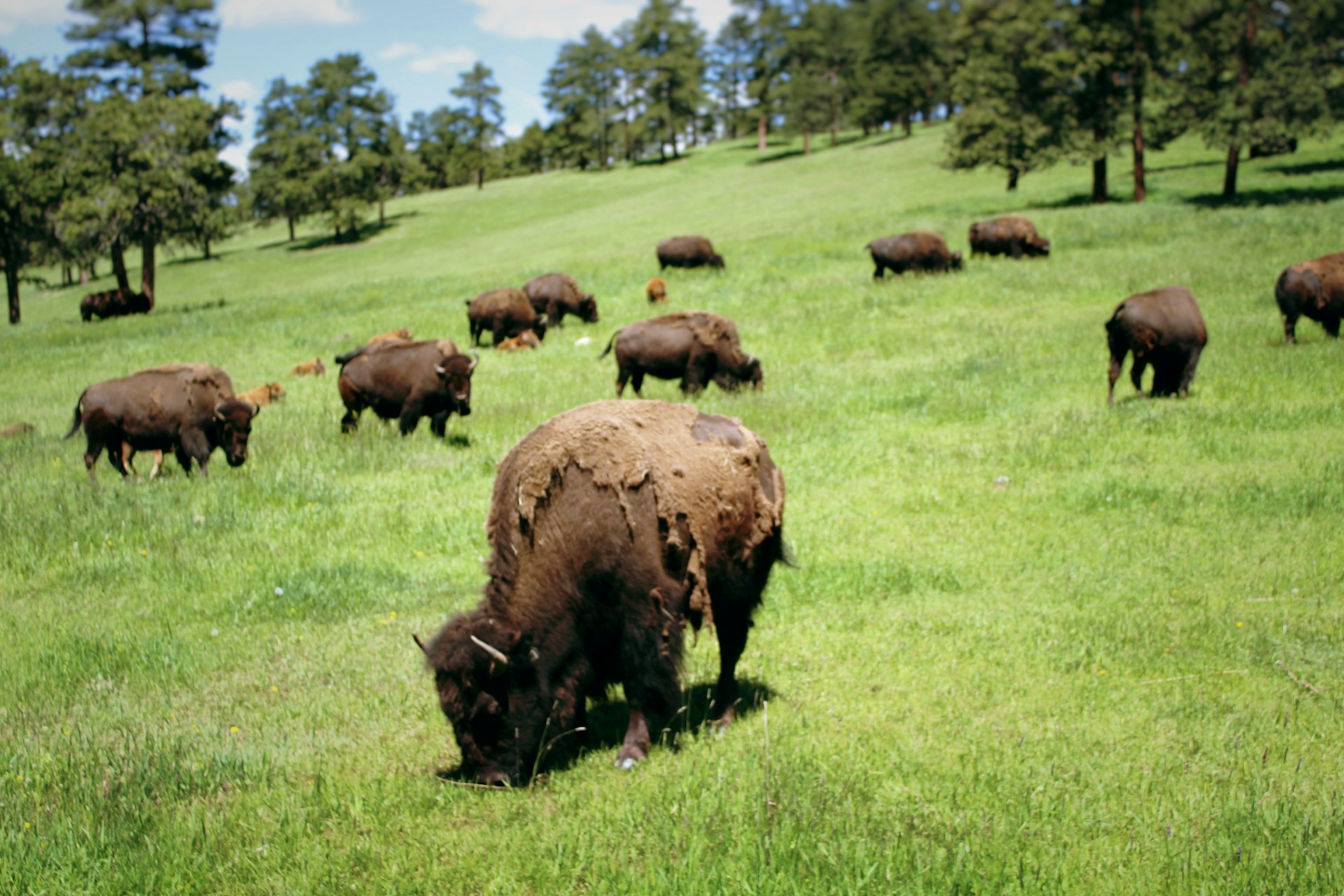Abandoned theme parks sit between nostalgia and nightmare. They were built for noise, color, and crowd control, then left to rust under quiet skies. Gates locked, lights died, and nature started a slow takeover that never needed a permit. Vines found railings, trees pushed through concrete, mascots peeled into something almost human. For nearby communities, these places feel like childhood memories with the sound turned down, scattered across acres of cracked pavement and damp, patient soil.
Six Flags New Orleans, Louisiana

Six Flags New Orleans, once Jazzland, shut after Hurricane Katrina filled it with brackish water and wrecked its foundations. Coasters froze mid loop, a ferris wheel hovered over brown floodlines, and ticket booths sat half swallowed by mud. Alligators, wild boars, and tall grass turned parking lots into marsh. For years, film crews and trespassers moved through a dead midway while corporate plans stalled, leaving an entire park paused on the exact weekend the storm arrived.
Nara Dreamland, Japan
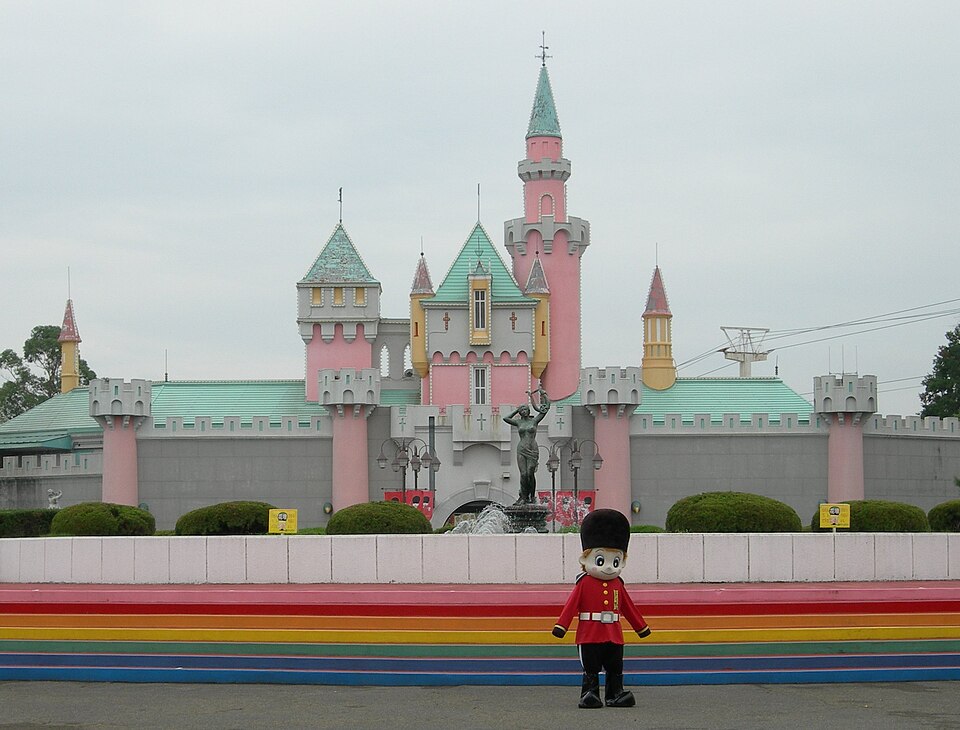
Nara Dreamland opened in 1961 as a Japanese answer to Disneyland, complete with a central castle, a quaint main street, and familiar styled rides. When newer parks with bigger budgets appeared, attendance bled away until the gates closed in 2006. After that, fog curled around empty teacups and weeds broke through painted bricks. Urban explorers wandered past rusted coasters and sunburned mascots, documenting a parallel version of childhood where the music had stopped but the stage never cleared.
Spreepark, Berlin, Germany
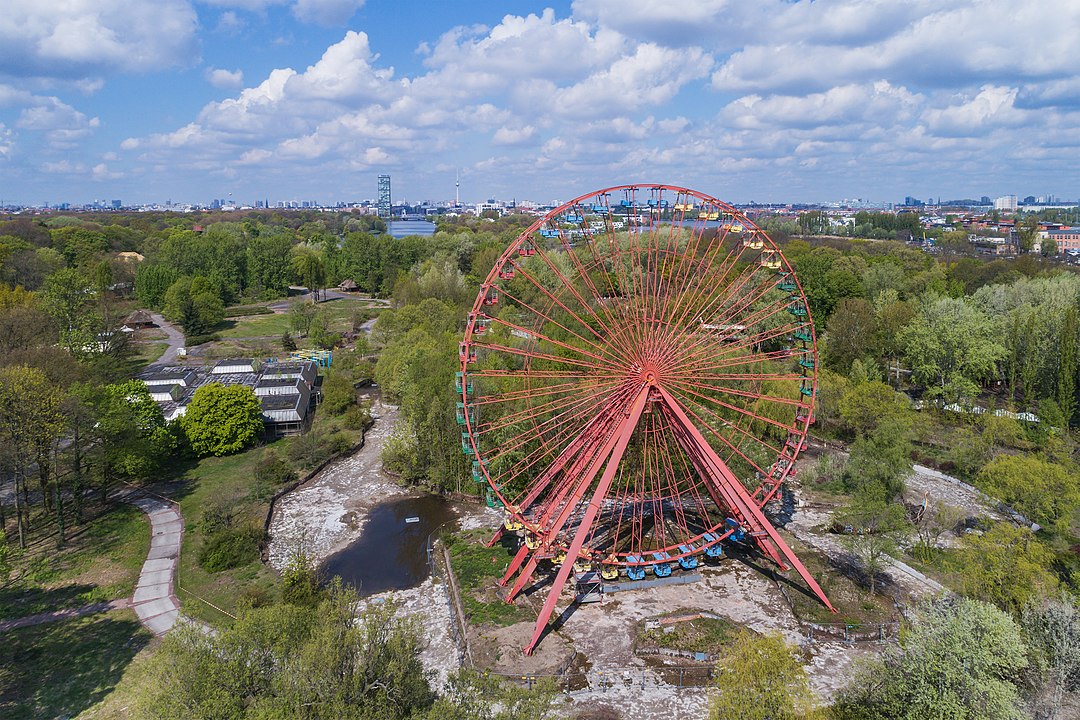
Spreepark’s ferris wheel once turned above the Spree River, carrying families over dinosaur statues and bright carnival tents. Financial collapse shut it in 2002, leaving carriages to sway in the wind over puddles and reeds. Over time, graffiti covered dragons, swan boats filled with rainwater, and tracks sank into soft riverside soil. The park became a magnet for photographers and rumor, a relic of East German leisure that seemed to slide slowly from history lesson into urban fairy tale.
Gulliver’s Kingdom, Japan

Gulliver’s Kingdom was built near Mount Fuji with a single huge idea in mind: a prone giant Gulliver pinned down by tiny ropes and surrounding miniature worlds. The concept never really clicked, and the park closed a few years after opening in the late 1990s. Without visitors, fog rolled over concrete villages and shrubs clawed at the giant figure’s sides. Its isolated location and odd theme fed talk of curses and strange energies, even though the real story was simple economics.
Holy Land USA, Connecticut
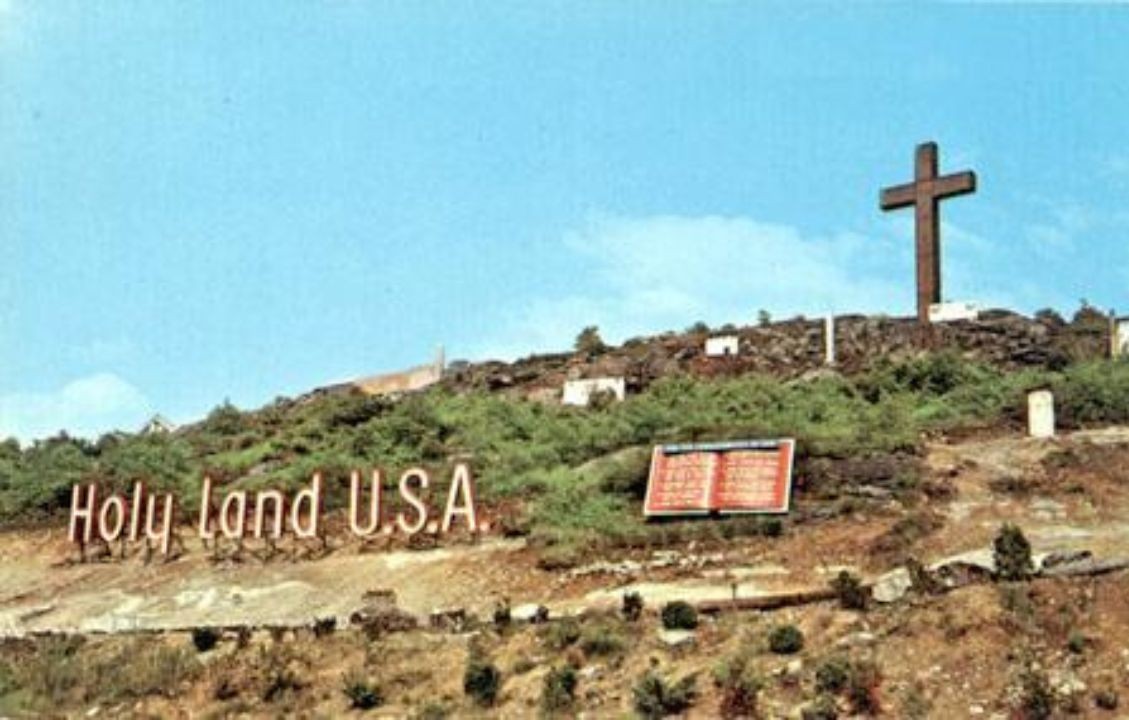
Holy Land USA once drew buses to its hillside mini Bethlehem, with tiny stone streets, glowing crosses, and hand built shrines. After closing in the 1980s, its plaster scenes cracked and paint flaked off under New England winters. Vines threaded through mock tombs and crumbling scripture plaques, turning the site into a tangle of devotion and decay. Occasional restoration efforts and prayer gatherings keep the story alive, but large sections still feel like a religious model left out in the rain.
Dogpatch USA, Arkansas
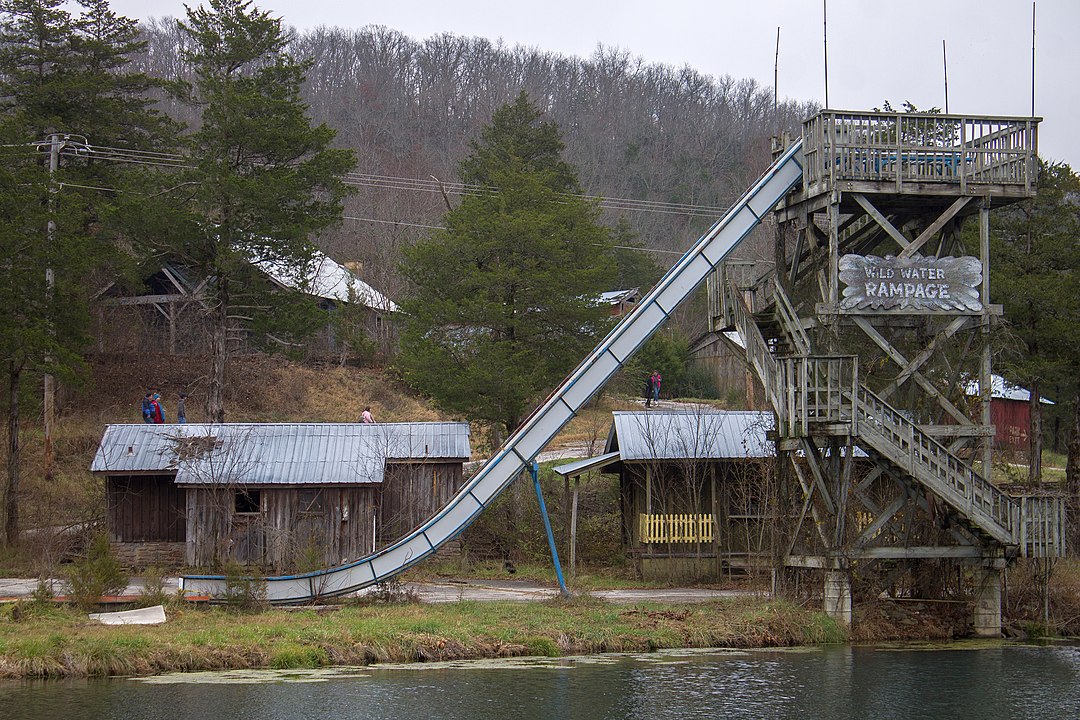
Dogpatch USA turned the cartoon world of Li’l Abner into a real Ozarks village of rustic cabins, trout ponds, and deliberately corny shows. When crowds thinned in the 1980s and debts piled up, the park closed and legal fights dragged on. Years of neglect left chairlifts hanging over thickets and wooden storefronts sagging into moss and ivy. New owners now talk about reinvention, yet memories linger of an entire hill town slowly giving way to the same woods it once tried to lampoon.
Enchanted Forest, Maryland

Enchanted Forest opened in the 1950s with fairy tale cottages, dragons, and storybook scenes tucked among Maryland trees. When it closed decades later, much of it sat fenced off behind a shopping center, fading quietly. Humpty Dumpty’s wall cracked, Cinderella’s coach grew slick with mildew, and painted mushrooms dulled under layers of grime. Preservation groups eventually moved many structures to a nearby farm, but for years the original site showed childhood symbols slowly sinking into the undergrowth.
Land of Oz, North Carolina
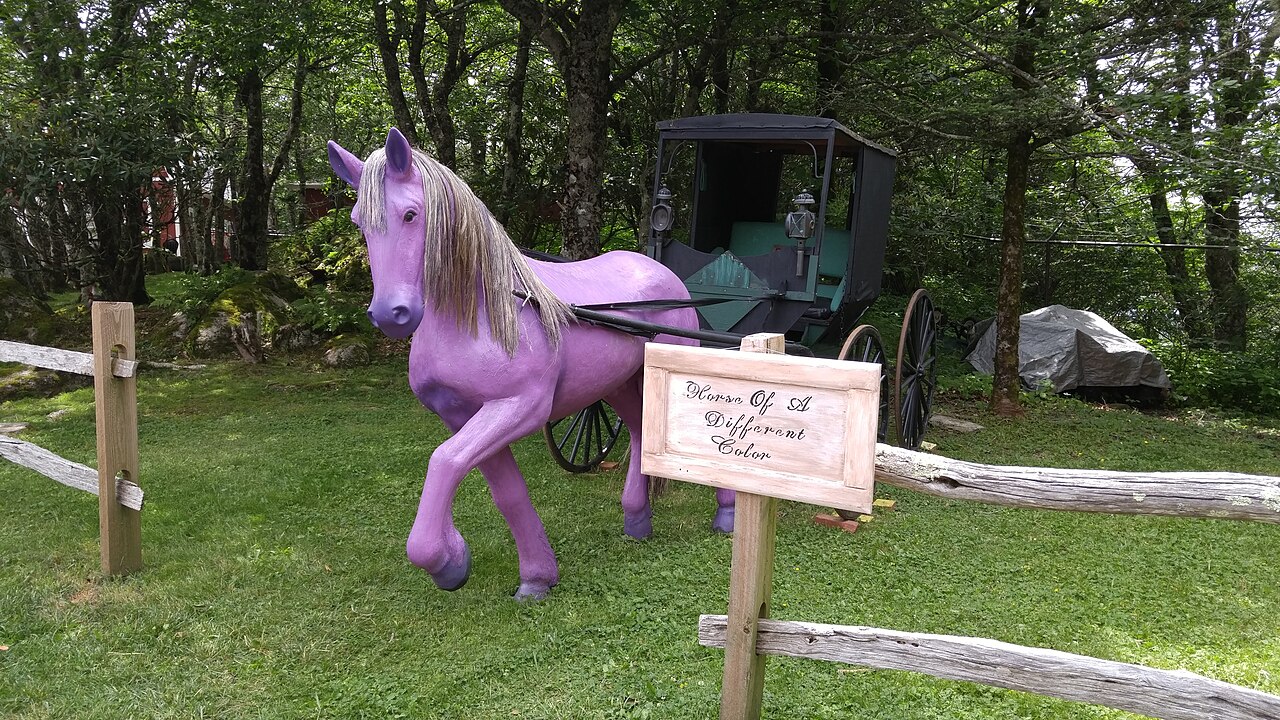
Land of Oz perched on Beech Mountain with a yellow brick road winding past Munchkin houses toward a small Emerald City. A fire, theft, and financial trouble shut it in 1980, leaving mannequins, props, and set pieces scattered across a foggy ridge. Off season, the road cracked and shifted, while trees leaned over once bright cottages. Seasonal reopenings now bring crowds back in short bursts, yet the park’s reputation still rests on those long quiet years when Oz belonged mostly to mist and moss.
Chippewa Lake Park, Ohio
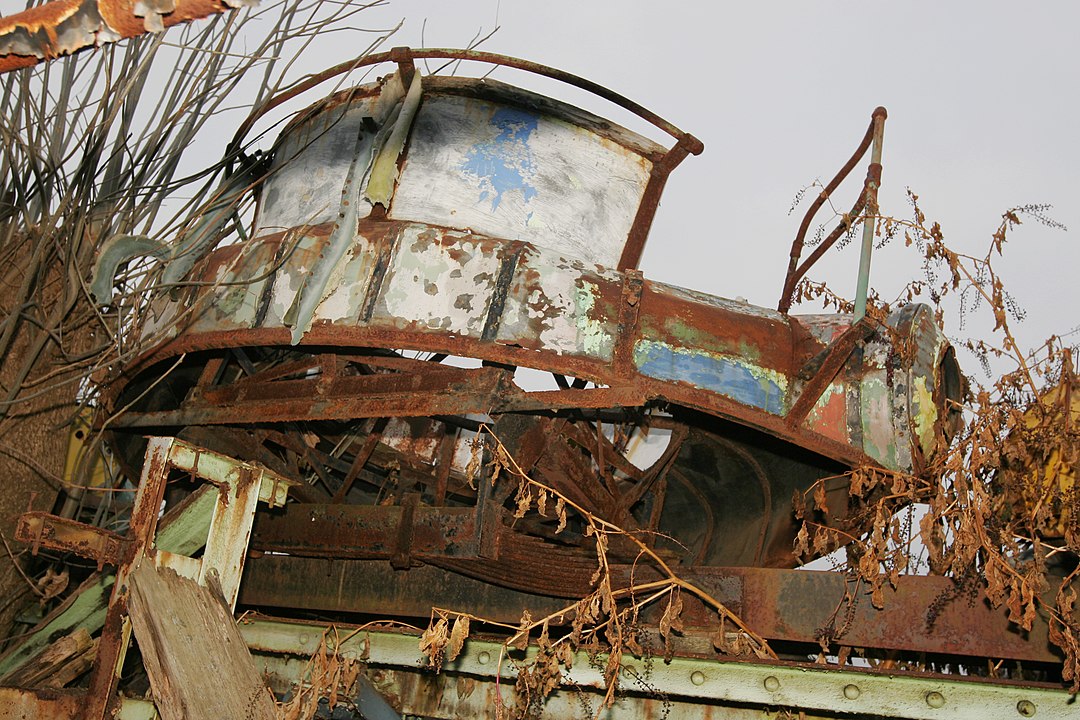
Chippewa Lake Park entertained visitors for nearly 100 years before closing quietly in 1978 when new development plans fell through. Wooden coasters, a ferris wheel, and dance halls were left standing, offering the forest a ready made skeleton to grow through. Oaks and maples rose right inside coaster frames, and cattails crowded old lakeside paths. Occasional tours and photography projects capture the odd calm of a funfair that did not explode in scandal, but simply stopped and let the seasons pile up.
Fantasy World, Philippines
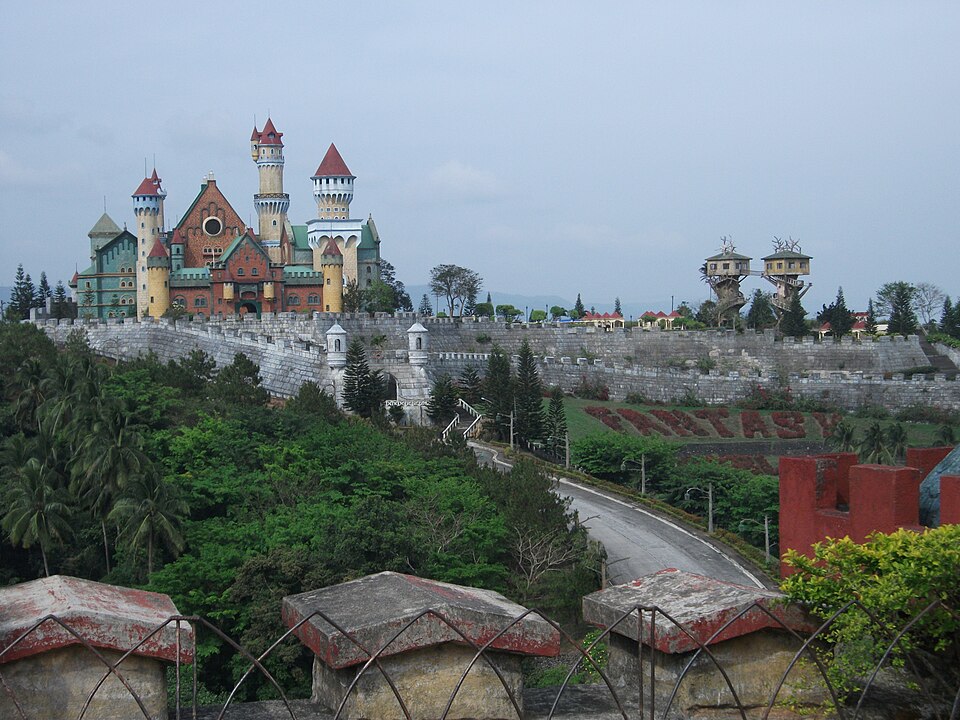
Fantasy World in Batangas was meant to be a sprawling medieval themed resort with turrets, bridges, and a broad central castle. Funding problems froze construction, leaving nearly finished towers and color blocked facades without functioning rides or full infrastructure. Over time, tropical plants pushed against stonework and bright paint chalked in the sun, giving everything a slightly unreal, game like quality. Today, limited access turns the property into a backdrop more than a park, a monument to ambition that stalled mid sentence.
Miracle Strip Amusement Park, Florida

Miracle Strip sat along Panama City Beach with a classic wooden coaster, spinning rides, and neon lights aimed squarely at summer crowds. Rising land values and shifting tourism models closed it in 2004, and many rides were removed, yet traces stayed behind. Foundations of old attractions hid in grass, stray bulbs and railings lingered, and long time locals could still point out where the Starliner once roared above the sand. New condos and hotels now frame a coastline where, just under the surface, the outline of a different era remains.

